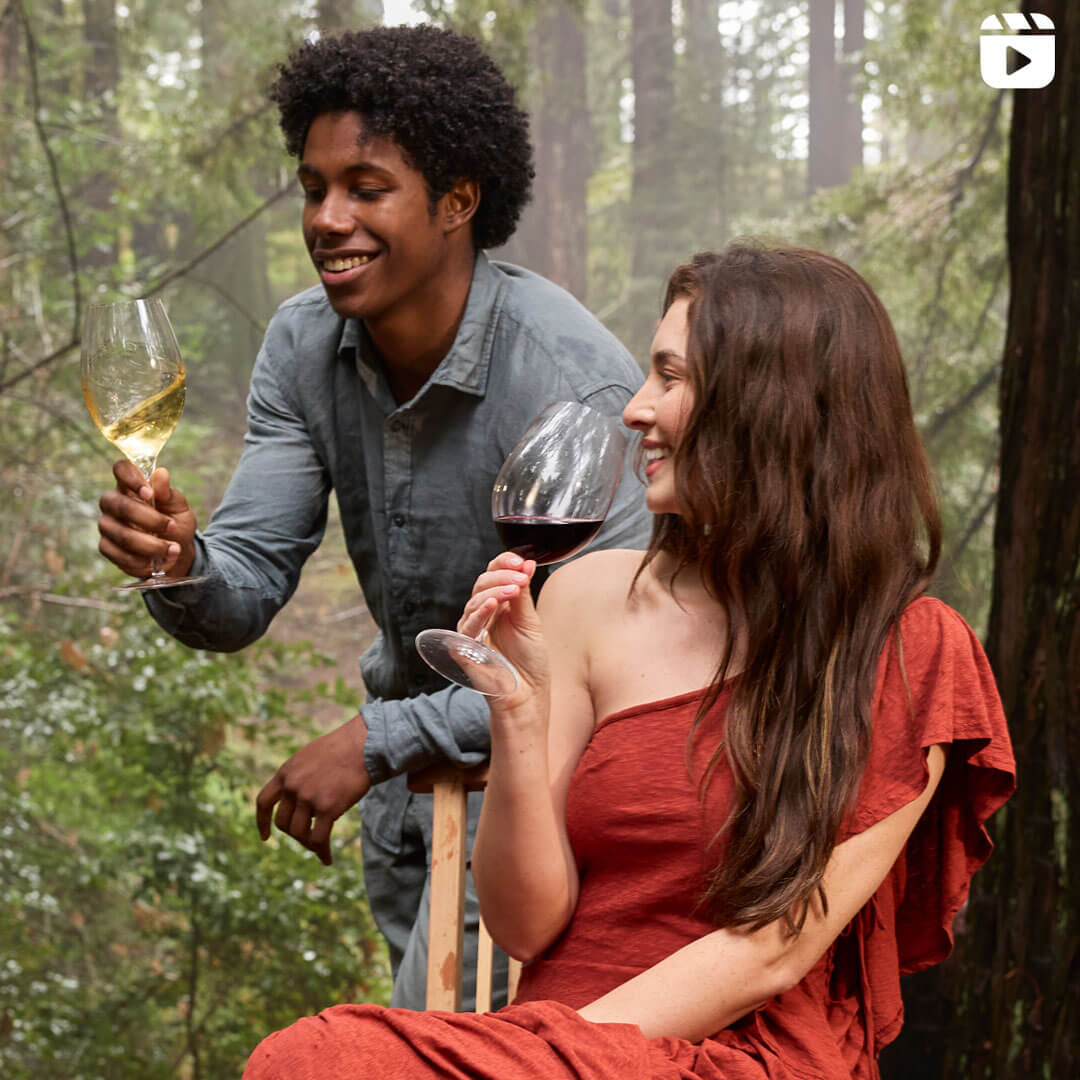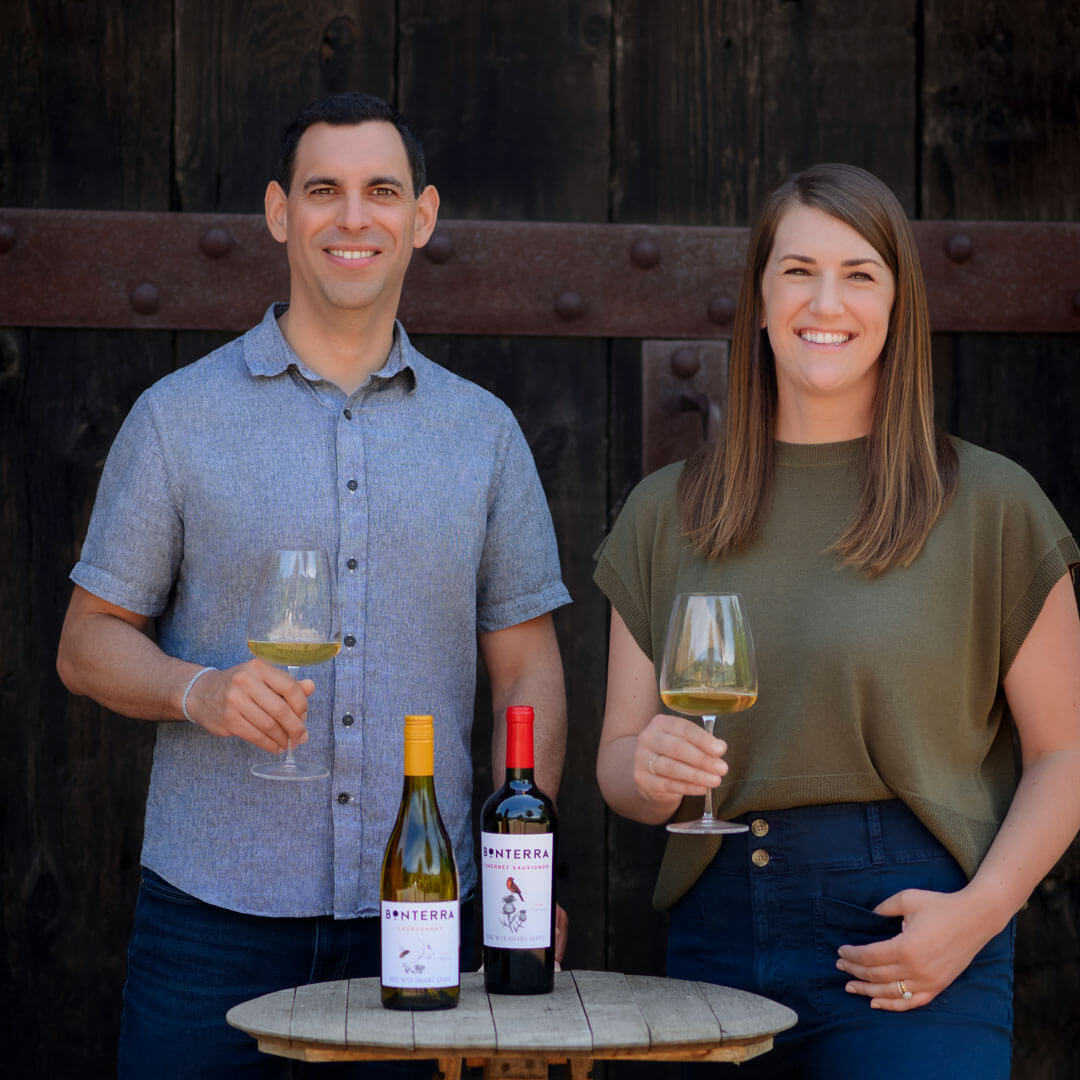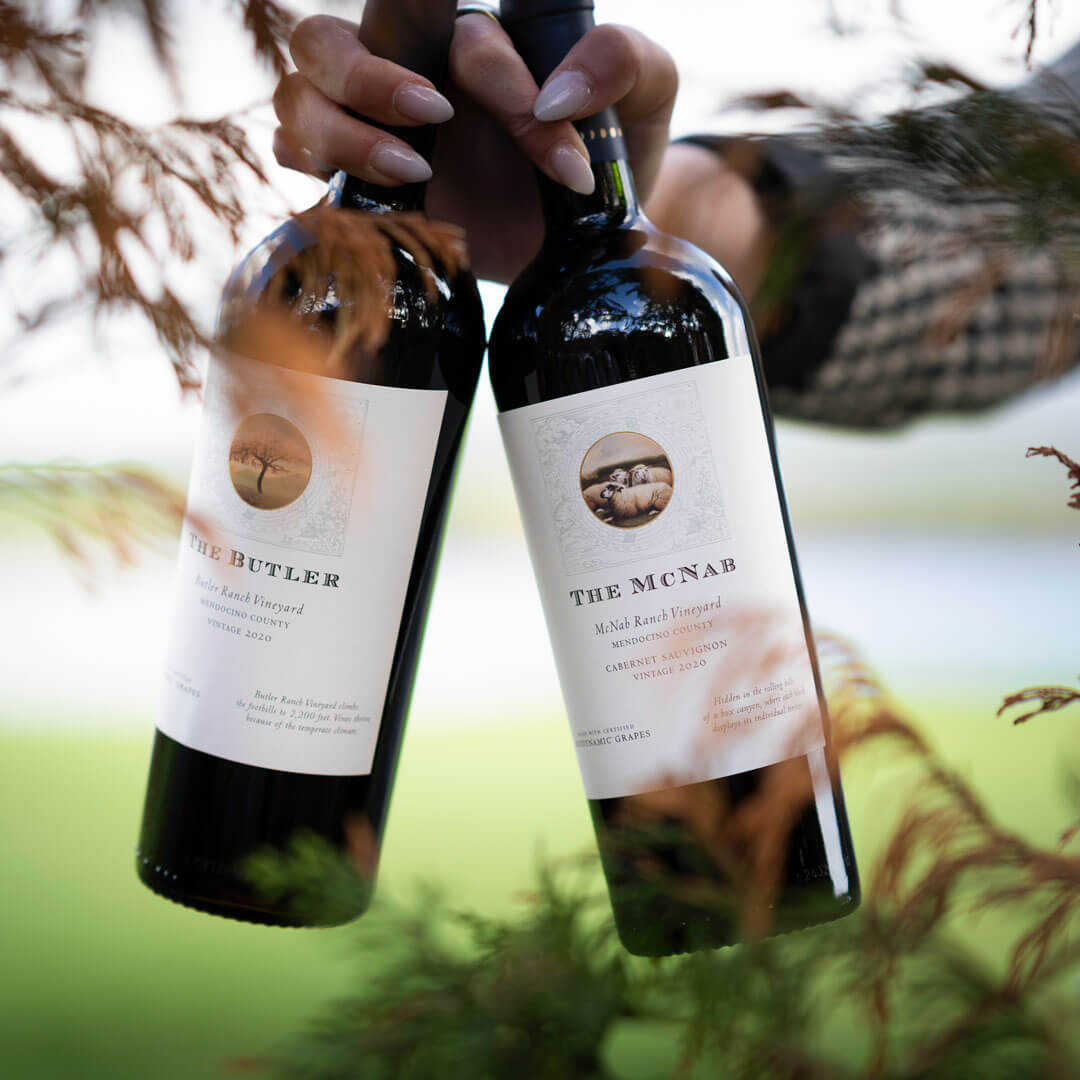Some of wine’s most elegant expressions come from the simplest concepts. What happens when you take classic white wine grapes and transform them into sparkling wine using time-honored techniques? You get blanc de blancs—a style that spotlights the brightness and finesse of white grapes in their most celebratory form.
Whether you’re curious about that elegant bottle on the wine shop shelf or wondering what sets blanc de blancs apart from other sparkling wines, this guide will help you understand why the style continues to win hearts around the world.
What Does “Blanc de Blancs” Mean in Wine?
Blanc de blancs translates directly from French as “white of whites,” referring to white sparkling wine made exclusively from white grape varieties. This straightforward definition reveals the style’s fundamental philosophy: let the character of white grapes shine through without interference from red varieties.
Unlike many sparkling wines that blend white and red grapes (wildly popular Brut Champagne is often a blend of red and white grapes, even when it appears pale in hue), a blanc de blancs showcases the pure expression of white wine varietals. The result is typically a more crisp, linear, mineral-driven white wine with bright acidity and delicate bubbles. This focused approach creates sparkling wines that are both refreshing and sophisticated.
Origins of Blanc de Blancs in Champagne
The blanc de blancs style originated in France’s Champagne region, where it represents one of the most prestigious expressions of sparkling wine. Champagne producers traditionally craft blanc de blancs from 100% Chardonnay grapes, taking advantage of this variety’s natural acidity and ability to develop complex flavors through aging.
The Côte des Blancs, a subregion of Champagne, is particularly famous for blanc de blancs production. Here, chalky soils and cool climate conditions create ideal growing conditions for Chardonnay, resulting in grapes with the bright acidity and mineral backbone that define exceptional blanc de blancs.
While Champagne established the template, winemakers around the world now create their own interpretations of this elegant style, each bringing regional character to the fundamental blanc de blancs concept. Many wines even highlight the origin of the grapes on the label, especially when sourced from a specific vineyard.
Grapes Used in Blanc de Blancs Wines
Chardonnay dominates blanc de blancs production globally, prized for its versatility and ability to express terroir while maintaining the crisp acidity essential for sparkling wine. This grape variety provides the backbone for most blanc de blancs, contributing citrus notes, mineral complexity, and aging potential.
Regional variations take a page from local grape varieties and winemaking traditions. Some producers incorporate other white grapes like Pinot Blanc, especially in regions outside Champagne, where different varieties may be more suitable for local growing conditions.
Common white grapes in blanc de blancs:
- Chardonnay – The primary grape, providing structure and elegance
- Pinot Blanc – Used in some regional variations and for added texture
- Other local white varieties – Depending on regional wine laws and traditions
The key requirement remains the same: only white grape varieties can be used, ensuring the wine maintains its characteristic pale color and bright flavor profile. (If all this talk of Chardonnay has you craving a bottle, Bonterra wine has you covered.)
How Blanc de Blancs Is Made
Blanc de blancs production follows traditional sparkling wine methods, most notably the méthode champenoise (or traditional method). This process begins with the gentle pressing of white grapes to extract juice while avoiding skin contact that could add color or tannins.
The base wine undergoes primary fermentation, followed by a crucial secondary fermentation that creates the bubbles. Yeast and sugar are added to the base wine, which is then bottled and aged on its lees (spent yeast cells) for extended periods.
Key production steps:
- Gentle pressing to maintain pale color and delicate flavors
- Primary fermentation to create the base wine
- Blending of different lots for complexity and consistency
- Secondary fermentation in a bottle to create bubbles
- Aging on lees for texture and flavor development
This extended aging process, often lasting years, allows blanc de blancs to develop its characteristic toasted, brioche-like notes while maintaining the fresh fruit flavors that make the style so appealing.
Blanc de Blancs Flavor Profile
What does blanc de blancs taste like? The flavor profile typically emphasizes brightness, minerality, and elegant fruit character. Expect crisp citrus notes like lemon and lime, complemented by green apple freshness and subtle floral undertones.
As blanc de blancs ages, it develops more complex secondary flavors. Toasted almond, brioche, and honey notes emerge, creating layers of flavor while maintaining the wine’s essential freshness. The texture tends to be light and more linear compared to sparkling wines that blend red and white grapes.
Typical tasting notes include:
- Fresh citrus – lemon in particular
- Orchard fruits – green apple, pear
- Mineral notes – chalk, wet stone
- Floral elements – white flowers, honeysuckle
- Aged characteristics – brioche, toasted nuts, honey
The high acidity characteristic of blanc de blancs makes it incredibly food-friendly and palate-cleansing, explaining its popularity as both an aperitif and a wine for pairing with meals.
Food Pairings for Blanc de Blancs
The bright acidity and mineral backbone of blanc de blancs make it exceptionally versatile with food. Its palate-cleansing qualities work beautifully with rich, creamy dishes, while its elegance complements delicate flavors without overwhelming them.
Classic pairings emphasize the wine’s ability to cut through richness while complementing subtle flavors. Oysters and other raw shellfish represent perhaps the most traditional pairing, with the wine’s minerality echoing the briny ocean flavors. Blanc de blancsalso pairs beautifully with cheese, especially bloomy-rind styles like Brie or triple-cream selections that play off the wine’s crispness.
The key is balancing the wine’s acidity with complementary flavors rather than competing with its delicate character. It’s a go-to wine for any occasion, whether that’s indulging in takeout sushi or hosting a well-curated dinner.
Serving and Storing Blanc de Blancs
Proper serving temperature enhances blanc de blancs’ best qualities. Chill the wine to 45-50°F to showcase its crisp acidity and delicate bubbles without masking its flavor complexity. Over-chilling can mute the wine’s aromatics, while serving it too warm diminishes its refreshing qualities.
Glassware choice affects both presentation and taste experience. Tulip-shaped flute glasses or universal wine glasses work best, allowing the bubbles to rise elegantly while concentrating the wine’s delicate aromatics.
Storage and serving tips:
- Temperature: Chill to 45-50°F before serving
- Glassware: Tulip flutes or universal wine glasses
- Storage: Cool, dark place away from vibration
- Opening: Open gently to preserve bubbles
- Consumption: Best enjoyed within a few hours of opening
Proper storage in a cool, dark environment helps preserve the wine’s delicate character and ensures it develops gracefully over time.
How Blanc de Blancs Compares to Other Sparkling Wines
If you’re familiar with Prosecco, Cava, or traditional Champagne, you might wonder where blanc de blancs fits in. Here’s how it stacks up:
- Prosecco: Made from Glera grapes using the tank method, Prosecco tends to be fruitier, softer, and less complex than blanc de blancs.
- Cava: Like blanc de blancs, Cava often uses the traditional method, but it’s made with Spanish grape varieties and typically has earthier notes.
- Traditional Champagne (Non–Blanc de Blancs): Most non-vintage Champagne wines are blends of Pinot Noir, Meunier, and Chardonnay. In contrast, blanc de blancs offers a more focused, citrus-driven, and lighter style.
Sip the Sparkle: Why Blanc de Blancs Deserves a Spot in Your Collection
Blanc de blancs represents sparkling wine at its most refined. Its combination of elegance, versatility, and food-friendliness makes it perfect for both special celebrations and everyday moments when you want to add a touch of sophistication to your day.
Bonterra’s WYLD Blanc de Blancs exemplifies this style’s appeal, celebrating the raw beauty of nature with organically farmed Chardonnay grapes from Mendocino’s untamed landscapes. With notes of citrus, mineral, brioche, and a touch of curiosity, it embodies everything that makes blanc de blancs special—elegance without pretense, tradition with innovation.
As America’s leading organic winery, Bonterra brings its commitment to sustainability and intentional sourcing to this new sparkling release—a blanc de blancs that reflects varietal purity and aligns with the values we stand for.
Whether you’re discovering blanc de blancs for the first time or deepening your appreciation for this classic style, these wines offer a path to understanding how simplicity and quality can create something truly extraordinary. After all, some of wine’s greatest pleasures come from appreciating the pure expression of exceptional grapes transformed into liquid celebration.
Ready to explore blanc de blancs? Discover Bonterra WYLD Blanc de Blancs and experience how this timeless style captures both tradition and innovation in every bubble. Looking for more? Check out our wine online, or join the Bonterra wine club to get to know the whole portfolio.
Sources:
- Comité Interprofessionnel du Vin de Champagne. Champagne production regulations. CIVC. https://grapeandbarrel.com/champagne-production-regulations/
- Wine Enthusiast. What is Blanc de Blancs Champagne? Wine Enthusiast.
- Comité Champagne. The different styles of Champagne. Champagne.fr.
Take out Bonterra from the anchor text to capture more non-branded search




